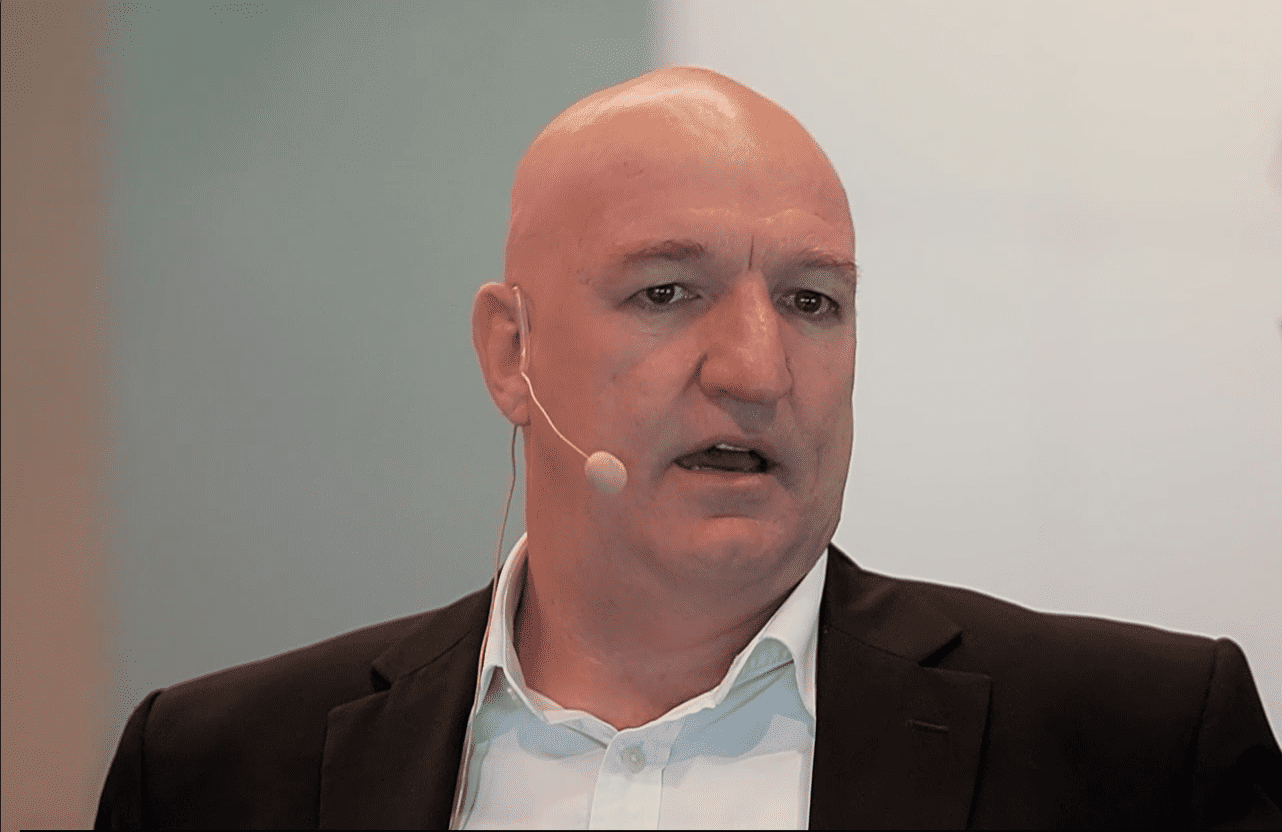Share markets have been funny the past few years.
For much of last year, while COVID-19 first raged (and for a few years prior), US and ASX shares have counter-intuitively shot upwards whenever the economy looked suppressed.
Bad news meant good news.
Nucleus Wealth head of investments Damien Klassen said this is because share markets are "driven by narrative".
"Bad economic news meant bond yields fell and inflation expectations cratered. However, it also meant more central bank intervention. Growth stocks boomed," he said in a memo to clients.
Of course, this led to some absurd consequences.
"In a time of no growth, any stock that did exhibit 6 months of growth would 'therefore' grow forever. Even better if the stock didn't make any profit!"
"A lower bond yield meant investors could pay more for those stocks. In the land of the blind, the one-eyed man became king."
ASX shares like Afterpay Ltd (ASX: APT) and Tesla Inc (NASDAQ: TSLA) ended up as the poster children for this trend last year.
Good news is good news
The story took a sharp turn in November.
Coronavirus vaccines started to show promise of worldwide rollout, and a change of government in the US revived hope for the global economy.
Good news was, all of a sudden, good news.
"Good economic news meant higher profits," said Klassen.
"Value stocks became the new leaders, and growth stocks sank. Banks, cyclicals, commodities all shot higher on the expectation of rising economic growth."
Good news is bad news
Since this year started, the prospect of rising inflation triggered by the post-COVID recovery started worrying markets.
Ten-year bond yields actually rose in both the US and Australia.
Good news was now bad news.
"It is basically the reverse of the first narrative," Klassen said.
"It assumes that the rising bond yields and inflation will burst the stock market bubble."
While there has been some correction to the fast-growing ASX shares of 2020, it's still uncertain which narrative will dominate for the rest of this year.
Where are the markets headed this year?
Klassen reckons the least likely to win out this year is the "good news is bad news" narrative.
"Not only do I think that the inflationary pressures will be temporary, but… central banks do not want bond yields to rise to the point where they damage economic growth," he said.
"The Australian and European central banks have expressly commented on this. The US Fed has avoided explicitly commenting, and so maybe markets will test their resolve. This could lead to short term pull-backs, but these are more likely to be buying opportunities."
Klassen's team predicts that as inflation rises, growth in profits will reduce overvaluation of shares.
There may be some "violent rotational rotations under the equity hood", but overall the market will not experience a breakdown.
"So, the focus right now is on the 'good news is good news' argument," Klassen said.
"Deflation and disinflation are likely to take over in the coming months, but that is a theme for later."
He warned this is not a "set and forget" time for fund managers like himself.
"My favoured narrative, 'good news is good news', is the only non-contradictory semantic. However, the categorisation probably over-trivialises the other narratives," said Klassen.
"They are genuine possibilities. I am closely watching for signs that growth is tapering and deflationary forces are again reigning supreme."









